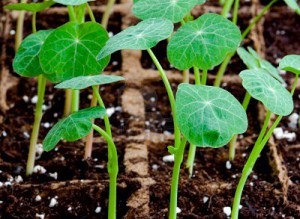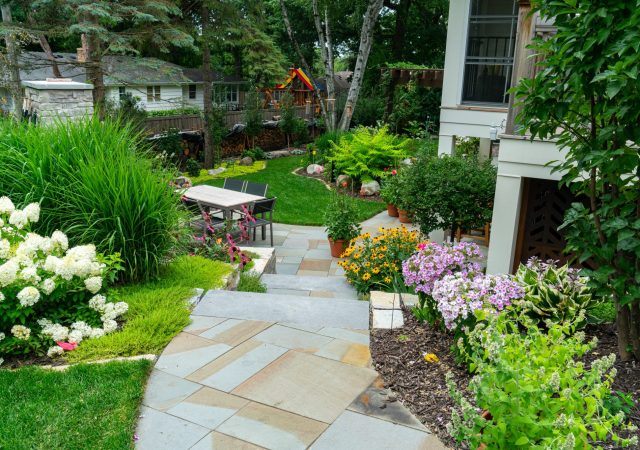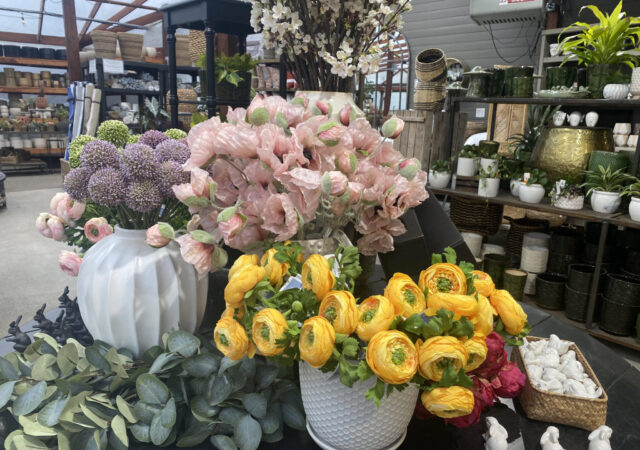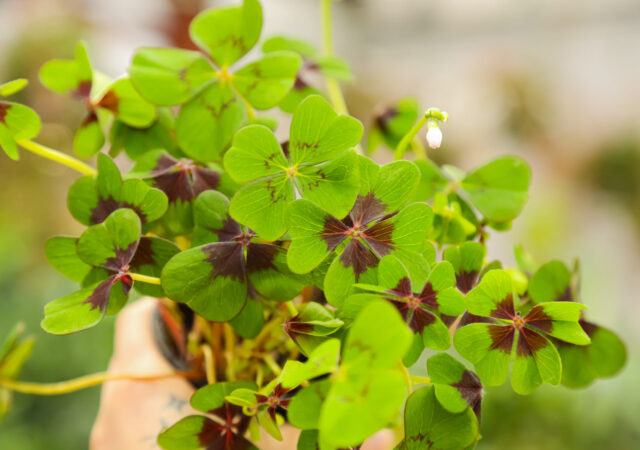Growing plants from seed can be a fun and exciting project to jump-start the gardening season for the whole family.  Growing seeds is a lot less difficult and time consuming than most people believe. Here are some basics to get you started:
Supplies-
-Containers – the most efficient, space-saving containers are the cell-based trays you will find at the garden center, generally 1″ x 1″ cells that make up a tray. Believe it or not, this is all the space a seed requires and will allow you to grow a lot of plants in a limited space.
– Soil – I emphasize a soil less potting mix such as Miracle Grow. Seeds grow much better in a soil less mix as opposed to regular soil heavy garden soil.
– Labels/Markers – trust me, you’ll forget as soon as you pot them whats what, so if you’re planting multiple seed varieties, remember to mark them
-Â Plastic bags/Covers – these are used to help maintain optimum temperature and humidity.
– Seeds – your choice, Sunnyside has hundreds of different varieties of plants than can be grown from seed in this climate.
– Light Source – A sunny window is sufficient, although if you lack one or are really serious about seeds then a grow light does the trick.
Planting:
Fill your trays 2/3rd full with potting mix. Its a good idea to dampen the soil before you do this to achieve even moisture – add enough water that so the soil is moist but not dripping. Don’t pack the soil down into the cells – gently tapping the trays onto a table should be enough force for the soil to settle, yet retain air.  Small seeds can simply be sprinkled atop the potting soil, larger seeds can be counted and planted individually (some seeds also benefit from soaking before planting -see instructions on seed packet). It’s usually a good idea to plant multiple seeds in each cell, as not all seed germinate and ones that do sometimes do not survive. Sprinkle a layer of soil over the seeds – check the instructions on the packet, as most small seeds need very little soil cover (a few seeds, like lettuce, need light to germinate and should hardly be covered at all).  Sprinkled the newly planted seeds with water, even if you have dampened to soil before this ensures the top layer of soil won’t dry out and helps firm the contact between the seed and the potting mix.
Once you have your seeds planted its a good idea to cover the trays with a clear plastic. This will help control temperature and ensure the proper moisture and humidity.  Make sure you don’t place your tray in a particularly cool area of the house, as seeds germinate best at temperatures of 65-70 degrees. Seeds will not need light until they begin to show, so the top of a refrigerator is a great place to ensure proper temperature. Once the seeds have begun to sprout, remove the plastic cover and place in a window with indirect light.
If you notice several seedlings growing in a single cell you will want to remove them. This is called ‘thinning’ and you can either discard the weakest looking seedling or move to an empty pot/cell.
Once the weather warms you can begin the process of ‘hardening off,’ by introducing them to the outside at increasing intervals. Start by bringing them to shady spot for a couple hours and do this everyday, increasing the amount of time they spend outside. If the temperatures dip, keep them inside.   After several weeks of hardening off, if the temperatures are right you can plant! Water well before and after planting, and try not to plant during the hottest, sunniest part of the day.




